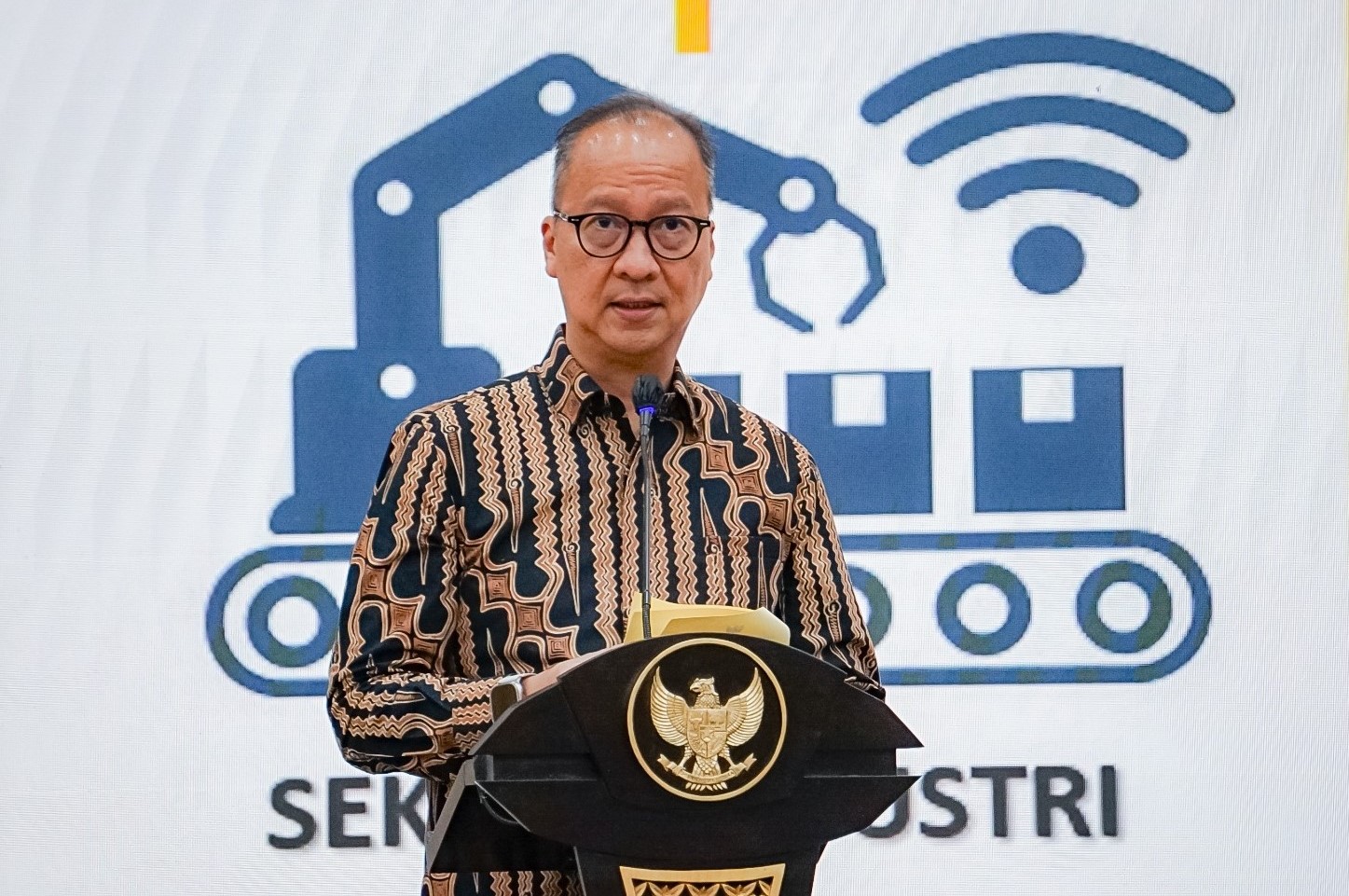The non-oil and gas processing industry continues to be the main contributor to Indonesia’s export performance. Based on August 2025 data from Statistics Indonesia (BPS), this sector contributed 72.55% of total exports, equivalent to US$13.22 billion.
Minister of Industry Agus Gumiwang Kartasasmita stated that this achievement demonstrates the sector’s resilience amid global dynamics.
"A contribution of more than 70 percent proves that the non-oil and gas processing industry is the main engine of national exports and the largest contributor of foreign exchange for our economy," said Agus in Jakarta, Thursday (2/10).
Export Value Sees Year-on-Year Growth
Compared to August 2024, the export value of the non-oil and gas processing industry increased by 7.91%. From January to August 2025, cumulative exports reached US$104.43 billion, contributing 71.32% of total national exports during that period.
Top Export Commodities Continue Upward Trend
Several key commodities supported this growth. Iron and steel recorded US$2.79 billion in exports, rising 18.74% year-on-year.
Electrical machinery and equipment reached US$1.42 billion, up 12.45%.
Chemical and pharmaceutical products totaled US$940 million, with an increase of 9.3%.
Meanwhile, processed food and beverage exports stood at US$1.1 billion, up 6.7% compared to August 2024.
Raw Material Imports Reflect Sustained Industrial Activity
Imports of raw materials and intermediate goods for the non-oil and gas processing industry in August 2025 reached US$11.35 billion, or 74.5% of total imports. Minister Agus noted that this figure highlights the importance of imports in maintaining industrial output.
“A high proportion of raw material imports is a positive indication, as most of our imports are not for final consumption, but to support the continuity of domestic industrial production and exports,” he explained.
He added that the government is pushing for added industrial value through downstreaming and import substitution efforts.
“Downstreaming policies will expand our export base, while the import substitution program will strengthen domestic raw material independence,” he said.
The Ministry of Industry also continues to support international cooperation to broaden market access and maintain a business-friendly environment for industrial investment.
Industrial Confidence and PMI Data Support Sector Expansion
The export results align with the Industrial Confidence Index (IKI) released by the Ministry of Industry. In September 2025, the IKI was 53.02 points, remaining in the expansion zone, although slightly lower than 53.55 points in August. Compared to September 2024, the index improved from 52.48 points.
Out of 23 industrial subsectors, 21 remained in expansion, while 2 were in contraction. The export-oriented IKI stood at 53.99 points, and the domestic-oriented IKI was 51.92 points.
In terms of export market orientation, the September 2025 export-focused IKI was 53.99, down slightly from 54.11 in August, but still within the expansion range. All export-related IKI components remained in the expansion phase, indicating sustained external demand for processed industrial products.
Additionally, Indonesia’s Manufacturing Purchasing Managers’ Index (PMI) stood at 50.4 in September 2025, above the 50.0 threshold, indicating continued expansion. This figure was slightly lower than 51.5 points in August.
PHOTO: KEMENPERIN
This article was created with AI assistance.
Read More






 Thursday, 27-11-25
Thursday, 27-11-25







